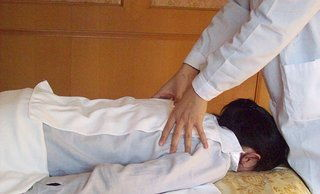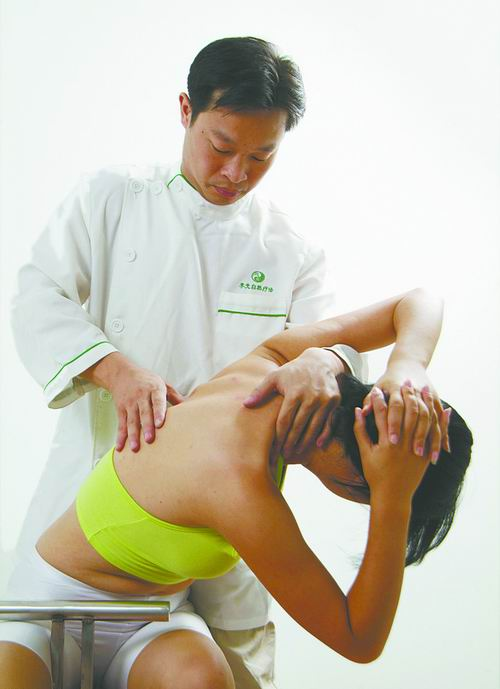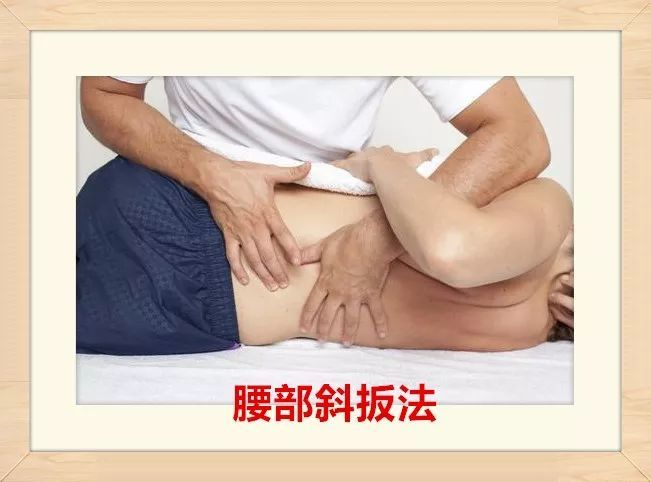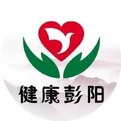
Tuina (推拿) is a form of external treatment in Traditional Chinese Medicine (TCM), guided by the foundational theories of TCM and modern medical principles. It involves the application of various techniques and specific physical movements on certain areas or acupuncture points of the body, aimed at unblocking meridians, promoting joint mobility, facilitating the flow of Qi and blood, adjusting organ functions, and enhancing the body’s resistance to disease. Tuina is widely used in clinical practice for various conditions.
According to the “Lingshu: Nine Needle Theory” (《灵枢.九针论》), it states: “When the body is in shock, and the meridians are obstructed, illness arises from insensitivity; treat it with massage and medicinal decoctions.” Tuina techniques have specific standardized movements and technical essentials, requiring persistence, strength, uniformity, gentleness, and depth. Common techniques include pushing (推法), pressing (按法), kneading (揉法), grasping (拿法), shaking (摇法), rolling (扌衮法), striking (击法), rubbing (摩法), pulling (扳法), and one-finger Zen pushing (一指禅推法), which are not merely simple hand pushing or pinching. It is a method of “treating people with people,” belonging to the natural therapies that are currently esteemed.
In clinical practice, skilled tuina techniques should exhibit persistence, strength, uniformity, and gentleness to achieve “depth.” The techniques should combine softness with firmness, balancing both. As stated in the “Yizong Jinjian” (《医宗金鉴》), “If the patient does not feel pain, then it is considered a proper technique.” This implies that good tuina techniques are comfortable and effectively treat the illness.
In recent years, with the increasing awareness of health among the public, the importance placed on health has grown significantly. Massage therapy and tuina clinics in communities have proliferated. However, many people still have misconceptions about tuina. Today, we will discuss several common misconceptions in tuina clinical practice:
Misconception 1: Is more pain better during tuina?

Some patients often say during tuina treatment, “Doctor, apply more strength,” or “Doctor, I don’t feel anything.” Is it true that the stronger the tuina technique, the better? The “Jingyue Quanshu” (《景岳全书》) states: “Nowadays, those who practice massage do not understand the benefits and harms, using excessively strong techniques that exhaust the body’s vital energy. This is the worst approach. Patients may mistakenly believe that such methods are effective, enduring pain unnecessarily. Strong techniques can weaken the weak and fail to alleviate illness, potentially causing harm. Practitioners must be cautious.” Ancient practitioners recognized this issue early on, noting that strong stimulation techniques can deplete the body’s vital energy. Over time, not only may pain not be alleviated, but it may worsen. In our tuina clinical practice, we often encounter patients who believe that stronger techniques are better and request intense stimulation. Additionally, some practitioners may not communicate effectively with patients, applying excessive force, leading patients to endure discomfort unnecessarily. Tuina requires appropriate strength; only with proper technique and force can stimulating effects be achieved. Excessive force can lead to muscle damage and subcutaneous bruising, and in severe cases, may cause fractures or internal injuries.
Misconception 2: Is more frequent and longer massage better?
Some people believe that more frequent massages and longer durations are better, which is a misconception. Clinically, patients often complain that the tuina treatment time is too short, joking that they feel it ends before they are satisfied. However, reports indicate that if nerves are subjected to excessive repetitive stimulation for prolonged periods, they can become fatigued, reducing the meridian’s regulatory capacity. Overly frequent stimulation of the body’s muscles can decrease sensitivity, affecting health and treatment outcomes. For treatment, tuina can be performed daily or every other day; for health maintenance, it can be done weekly.
Misconception 3: Are the techniques for acute injuries and chronic strains the same?
For acute soft tissue injuries, such as stiff neck or acute lumbar sprains, we often encounter patients who report that they had a massage at a certain place, and while their neck felt better immediately after treatment, they now cannot move at all. Upon inquiry, it turns out they had a massage for nearly an hour. This is because acute injuries already involve inflammatory exudation of soft tissues, and prolonged stimulation can exacerbate local soft tissue swelling, leading to symptoms worsening after initial relief. For such conditions, light stimulation is appropriate, and treatment time should not exceed 10 minutes. If there is significant local swelling, tuina should be avoided. For chronic conditions with prolonged muscle strain, moderate stimulation can be applied, with treatment times of 20-30 minutes.
Misconception 4: Is it necessary to use the pulling technique in tuina treatment?

The pulling technique (扳法) is commonly used in tuina clinical practice. However, without solid medical knowledge, accurate diagnosis, and proficient tuina skills, blindly using this technique can be risky. A thorough physical examination should be conducted before performing the pulling technique, and if any suspicious areas are found, relevant imaging studies should be recommended to rule out contraindications before treatment, minimizing the patient’s treatment risks. Clinically, patients often ask why they did not hear the “crack” sound after the pulling technique. Here are some key points for practitioners to consider when using the pulling technique: 1. Do not exceed the physiological range of joint movement. Exceeding this range can damage the joint and surrounding soft tissues. 2. Avoid using excessive force or brute strength. The technique must be decisive and quick, with stable force; both hands should coordinate effectively.
3. Do not insist on hearing a cracking sound. The sound during the pulling technique may indicate joint repositioning or successful manipulation, but if it does not occur, it should not be overly pursued. Repeated pulling can increase joint tension, potentially leading to adverse outcomes. 4. Caution should be exercised when using the pulling technique on elderly patients with significant bone hyperplasia or osteoporosis, and it is contraindicated for those with bone tuberculosis or tumors.
 Source: Shaanxi Provincial Institute of Traditional Chinese Medicine
Source: Shaanxi Provincial Institute of Traditional Chinese Medicine

